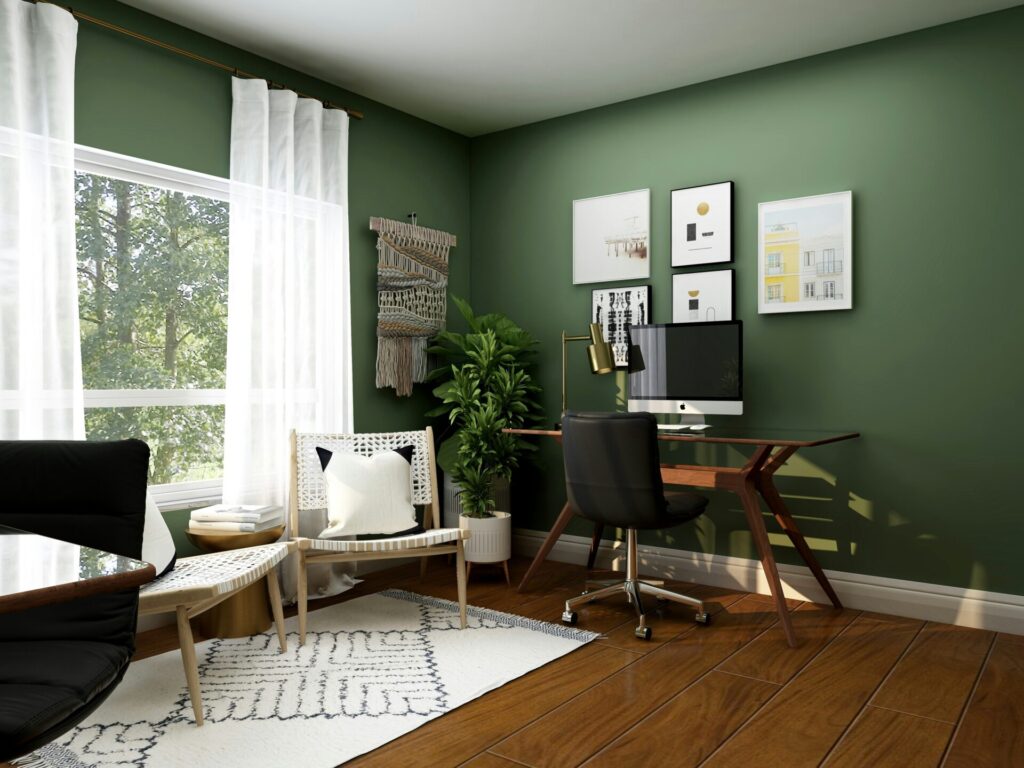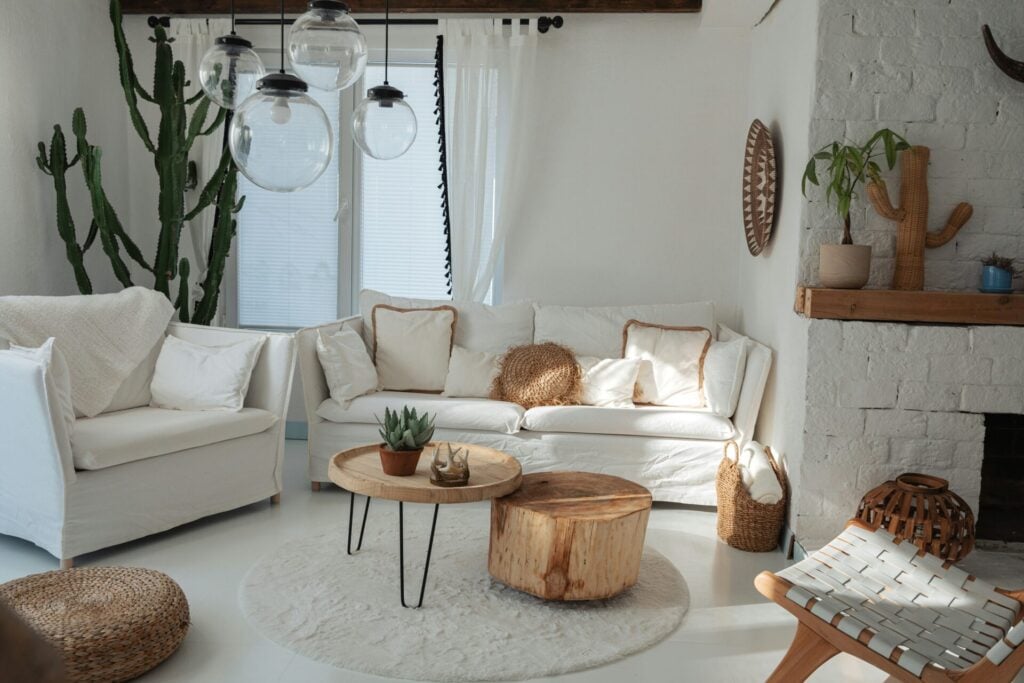Have you ever walked into a beautiful home and instantly felt calmer, happier, or more energised? The way rooms are designed plays a major role in how you feel and function every day. Design goes beyond how things look, it’s about creating spaces for your lifestyle that improve well-being.
Whether it’s how sunlight enters a room, the colours you choose, or the furniture layout, every detail can impact your mood. So here are a few ways that smart design choices can transform your home into a happier, calmer space.
Create Functional Spaces
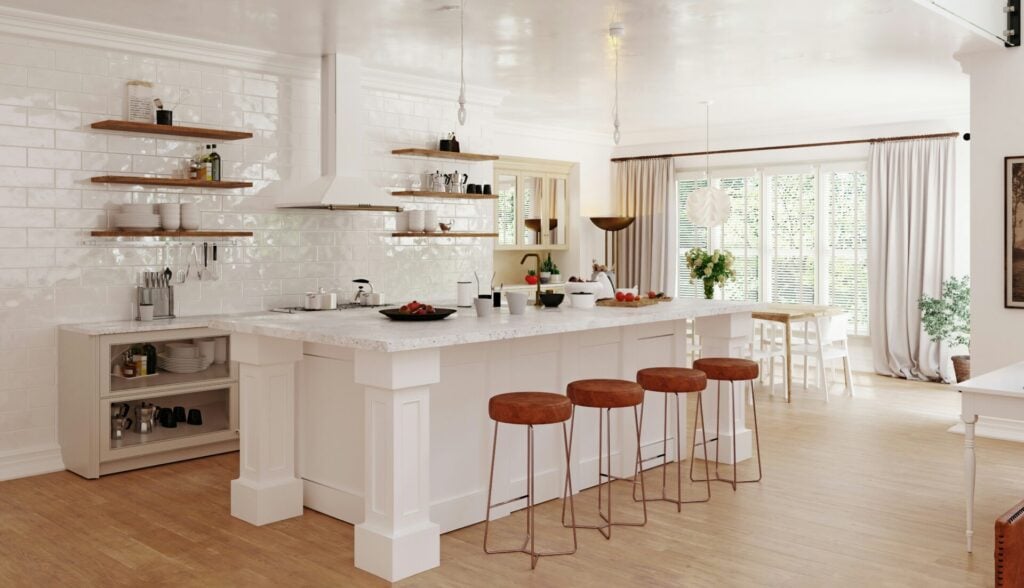
Think about your morning habits, family needs, and how you spend your free time. A well-thought-out layout can help you move through your day more smoothly. For example, having an organised entryway with storage keeps shoes and coats from cluttering your living room. A kitchen island with seating can make family meals more enjoyable and social.
You can blend comfort and beauty by choosing practical pieces that reflect your personality. For example, a cozy sofa in a family-friendly fabric still looks great while being easy to maintain. Every element should serve a purpose to make life easier, more organised, and pleasant.
Upgrade Key Areas

Certain rooms have a bigger impact on your quality of life, like the kitchen, bathroom, and bedroom. A bathroom upgrade, can completely change your morning routine. Working with the best shower replacement company can help you design a space that feels fresh and relaxing. Modern showers with sleek designs, easy-to-clean surfaces, and water-saving features bring luxury and practicality into your home.
Comfort also comes from thoughtful touches like improved lighting and better storage. Adding dimmable lights in your bathroom or under-cabinet lighting in your kitchen can make daily tasks easier and more enjoyable. These updates may seem small, but they add convenience and elegance. The goal is to create spaces that look good while improving your daily routines.
Use Natural Light

Good lighting is one of the most powerful design elements in any home, and natural light, in particular, has a huge impact on how you feel. It boosts your energy, helps regulate your sleep, and makes rooms appear larger and more inviting. You can maximise sunlight by using sheer curtains, mirrors, and lighter wall colors to reflect light throughout your space.
If your home doesn’t get much natural light, you can still create a bright atmosphere with artificial lighting. Layered lighting like floor lamps, ceiling fixtures, and wall sconces, adds warmth and depth. Choosing warm white bulbs can mimic daylight and create a cozy vibe in the evenings.
Balance Colour and Texture
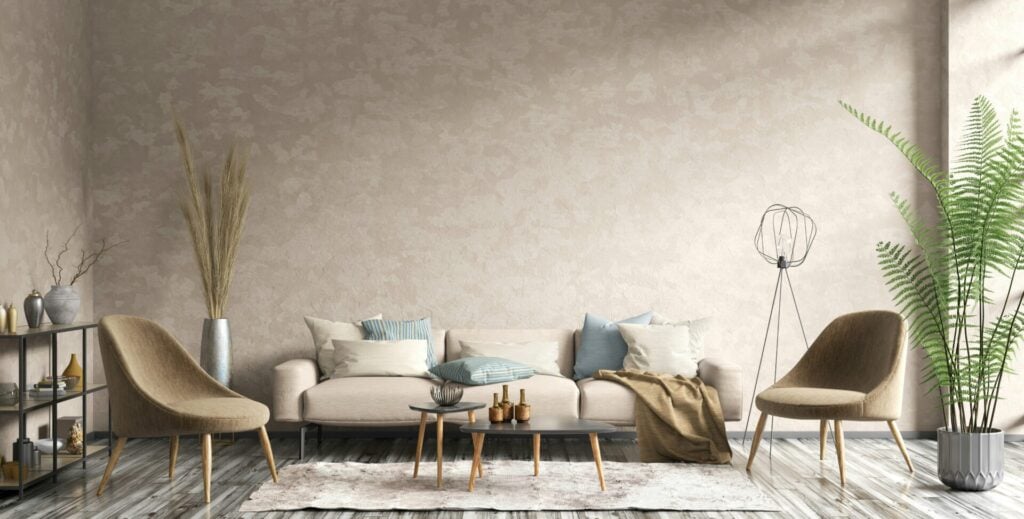
Colors can shape your emotions and set the tone for your home. Warm tones like beige and terracotta bring comfort, while cool tones like blue and gray create a calming effect. The key is finding the right balance that suits your personality and space. You can also mix in textures like wood, linen, and stone.
Texture adds character and depth. For instance, pair a couch with a soft throw blanket or woven rug to give the room a lived-in feel. Even textured cushions or plants can add warmth. Thoughtful combinations make your home feel welcoming and visually pleasing.
Designing for Multi-Use Living

Modern life often requires spaces that serve more than one purpose. A guest room can double as a home office, or a dining area can transform into a workspace. Using furniture that can move, like extendable tables or modular sofas, makes your home more flexible and practical.
Organisation also plays a big role in multi-use spaces. Adding hidden storage or wall-mounted shelves keeps clutter out of sight. Flexible design gives you the freedom to adapt as your needs change, whether it’s welcoming guests or working from home.
Incorporate Personal Touches

Your home should tell your story. Adding personal elements to your space helps it feel warm and authentic. Displaying artwork, family photos, or travel souvenirs brings character and connection. Even functional items can express your personality. Whether it’s a reading nook by the window or a wall of framed memories, design becomes a reflection of who you are. Personalised design choices make everyday living feel more joyful and fulfilling.
Improve Wellness
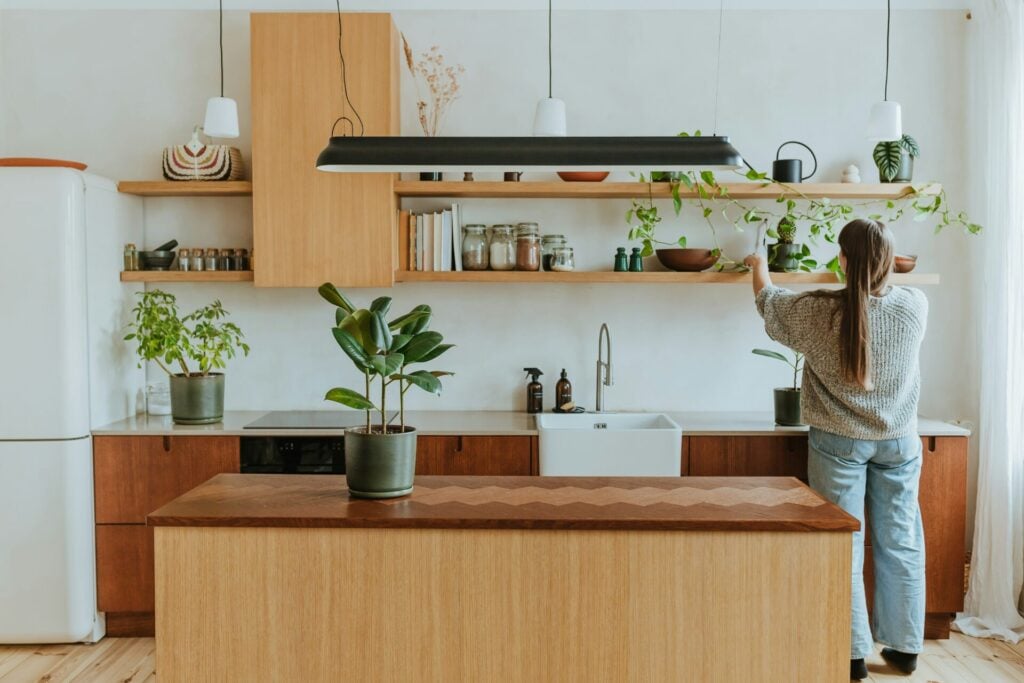
Design can also influence your physical and mental well-being. A cluttered space can create stress, while a well-organised home promotes calm. Simple changes like adding plants or choosing air-purifying materials can improve your health. Greenery boosts mood and air quality, making your environment feel more alive and refreshing. Paying attention to air flow and sound control can further enhance peace at home. When your surroundings support relaxation and clarity, you experience a real improvement in your overall well-being.






